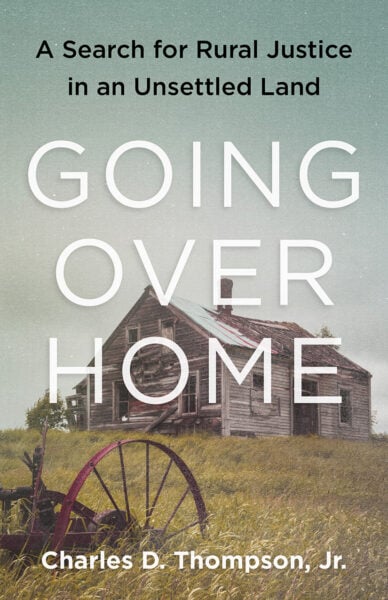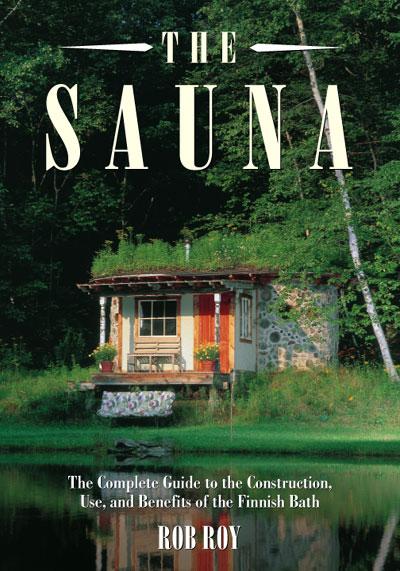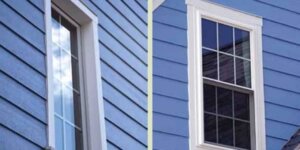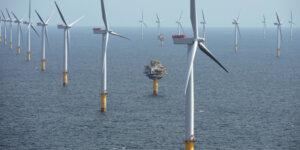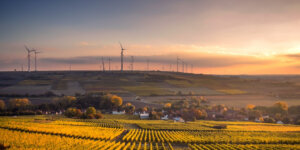Heat Your Home and Water with the Wind
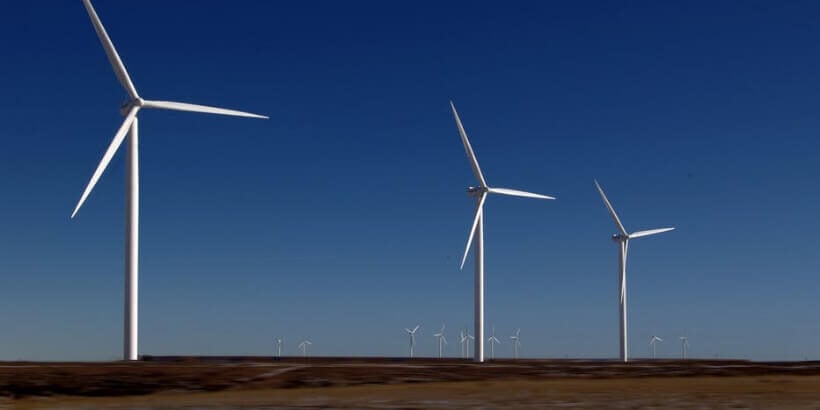
Paul Gipe, wind energy expert and author of Wind Energy Basics: A Guide to Home- and Community-Scale Wind Energy Systems, introduced me to the idea of using the power of the wind to heat your home or hot water.
Solar domestic hot water systems have been gaining in popularity in recent months due to the energy crisis, but the idea of wind-powered heating systems has yet to make a blip on the renewable energy radar.
So if sun is scarce where you are, and you want to supply carbon-free heat to your home, consider using wind energy—it can have some considerable advantages over solar.
The following is an excerpt from Wind Energy Basics by Paul Gipe. It has been adapted for the web.
Like wind-and-solar hybrids, using winter winds to heat your home has always seemed an ideal way to marry a technology with a natural cycle.
Since heating loads are a function of heat-robbing winds, why not use those very winds to heat your house? The University of Massachusetts proposed such a Wind Furnace in the mid-1970s, and several companies have tried to market the idea to homeowners already on the grid.
The concept never caught on in North America, where the economics never made sense, but it did briefly flourish in Denmark, where heating prices are considerably higher.
Denmark’s Folkecenter for Renewable Energy has found that a wind turbine that covers winter heating demand can easily cover domestic hot-water loads in summer.
The Folkecenter also reports that it is economically more advantageous to use wind-generated electricity as electricity, rather than converting it to heat.
Typically, electricity has double the value per kilowatt-hour of electricity converted to heat with resistance heaters (see figure 5-6, Home heating).
Proponents have argued that storing excess wind energy as heat is much cheaper than storing it in batteries.
Thus heating with wind can play an important role in stand-alone systems that are usually remote and don’t have ready access to fossil fuel. Scoraig Wind Electric’s Hugh Piggott dumps his excess wind power into “storage heaters” that store heat in the form of hot water.
These are common in Great Britain for storing cheap off-peak electricity at night for those on the grid, says Piggott.
To guarantee a reliable supply of wind-generated electricity for an off-the-grid system, you need a much bigger turbine than would be necessary to produce the appropriate number of kilowatt-hours for a grid-connected home.
The bigger turbine eases the load on the batteries by generating current even in light winds. In moderate or strong winds the turbine produces more power than needed. The surplus can then be used for heating, thus saving fuel.
Dumping or diverting excess wind power to heating has become a common practice in stand-alone wind systems.
For those off the grid, the situation in Alberta, Canada, is little different from Scotland’s. In Alberta, Jason Edworthy used a Bergey Excel in a battery-charging system where excess energy was diverted to a conventional hydronic system for in-floor heating.
The turbine’s electrical control system must be adapted to direct excess power to your dump or diversion load to ensure that this load is compatible with the wind turbine.
You don’t want to stall the rotor, when the dump load switches on, by placing too great a load on the rotor. Modern solid-state electronics are well suited for this function.
Recommended Reads
Spring Is (Almost) Here! 5 Things You’ll Need to Get Back on Your Bike
All In the Question: What If We Started Asking Better Questions?
Recent Articles
Looking for a new way to enjoy the benefits of your garden all year long? Follow this easy tutorial for making drying trays to expand the lifespan of fruits, vegetables, and herbs. The following is an excerpt from Preserving Food Without Freezing or Canning by The Gardeners & Farmers of Terre Vivante. It has been adapted for…
Read MoreGetting ready to pile on the blankets this winter? Warm up your home and increase efficiency this winter by weatherproofing or replacing your windows! The following is an excerpt from The Greened Hour Effect by Jeff Wilson. It has been adapted for the web. Weatherproofing Windows for Winter Unfortunately, shopping for windows can be frustrating. The…
Read MoreThe new threshold for green building is not just low energy, it’s net-zero energy. In The New Net Zero, sustainable architect Bill Maclay charts the path for designers and builders interested in exploring green design’s new frontier net-zero-energy structures that produce as much energy as they consume and are carbon neutral. The following is an excerpt…
Read MoreScientists maintain that a mere 2 percent increase in the carbon content of the planet’s soils could offset 100 percent of all greenhouse gas emissions going into the atmosphere. But how could this be accomplished? What would it cost? Is it even possible? The following is an excerpt from Grass, Soil, Hope by Courtney White. It has been…
Read MoreAt the rate humanity is currently burning fossil fuels, we will create an uninhabitable earth long before we run out. So if the pressure of a finite resource doesn’t push us towards a renewable energy revolution, what will? And what will this revolution look like? This is an excerpt from A Small Farm Future by Chris…
Read More


